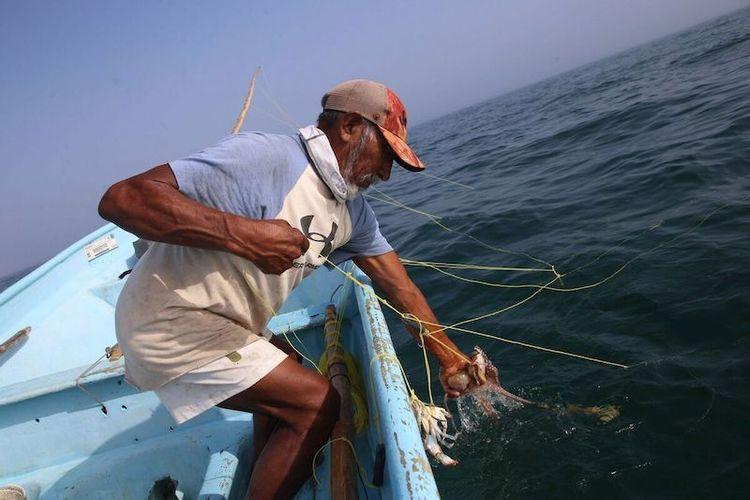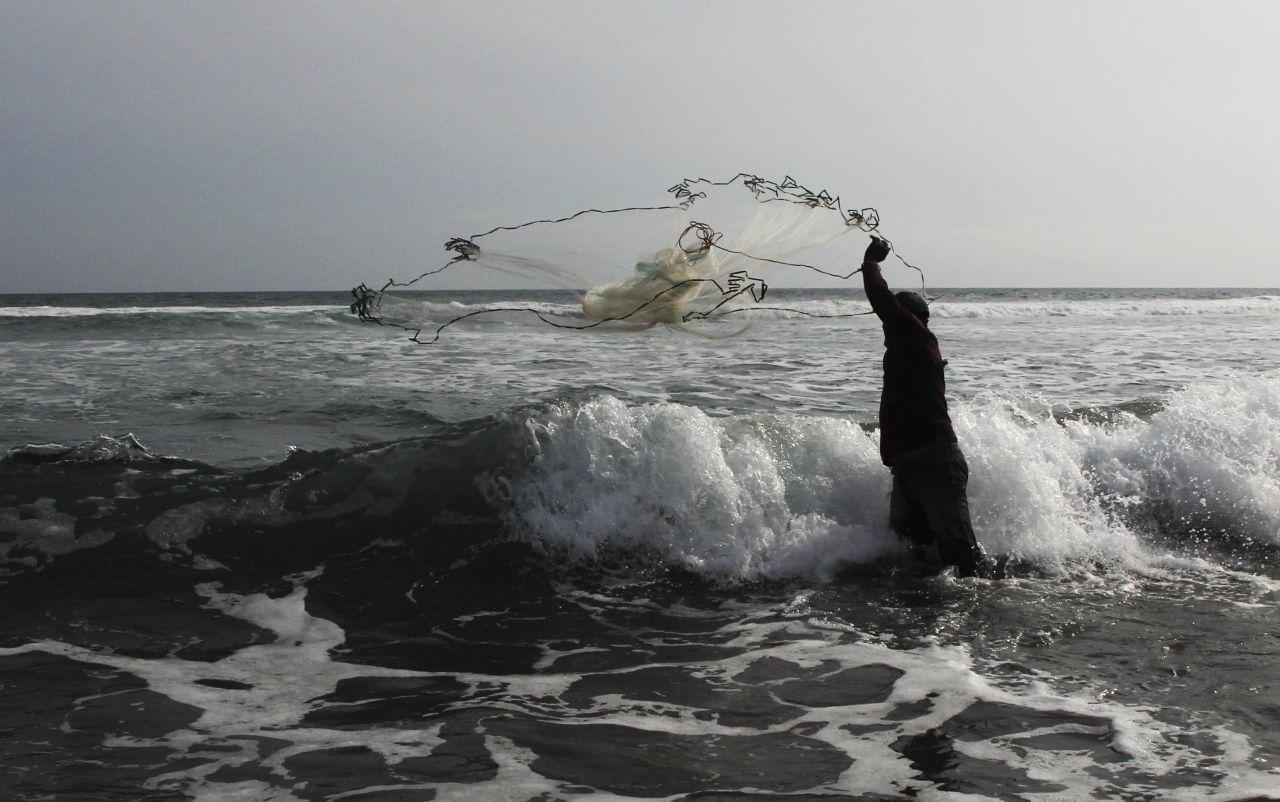The overexploitation of the sea, as well as the approach to sustainable alternatives, is a reality that small-scale fishermen live differently from those who work in industrial fleets.
This is stated by Carlos Paz, project leader and business advisor to Smart Fish, a civil association in Mexico focused on the commercialization of sustainably sourced fish products.
“Often the (small-scale) cooperatives we work with have problems coexisting with how they are fishing out at sea and how that influences the next cycle,” Paz explains.
In trawl fishing, the most used catch technique despite its environmental impact, the topic takes on greater relevance because production is still far from sustainability practices. Added to this is the lack of training and inspection by authorities to make the fishing sector better prepared.
In an interview with CN Journalism, Carlos Paz describes what is needed to be able to continue advancing on the path of fisheries sustainability.

Riverside fisherman in Yucatán. PHOTO: Martin Zetina/Cuartoscuro.com
— When considering sustainability alternatives in trawling, should the same actions be taken with coastal and industrial fishermen?
I believe that the steps must be adapted to the reality of each one. In a way, the industrial part is more organized, like a company. We work with (small-scale) fishing communities by going with them and creating a relationship. Like a snowball effect.
We must also consider that communities have basic service needs unlike a medium-height fleet where ports can have electricity, water, health centers... Then we must understand the need and the tangible benefit of starting to try new ways of doing things.
— How does this hinder the implementation of technologies for sustainable practices?
Generally, when it is necessary to innovate, it involves a fairly high cost. If it is not a technology with sufficient adaptation in the same pioneering countries, which Mexico is not, it also makes it complicated in the training process, how to use them correctly, among other things.
The human and financial capacities to adopt new technologies are lacking, as well as to bring a benefit to those who must implement them.
— Given this scenario, what strategies are used to make smaller scale fisheries decide to bet on sustainability?
In the case of Smartfish, there is a market incentive model. We are two identities, on the one hand the civil association (CA) part and the marketer on the other.
The AC works with these fishing capacities and how to put sustainability into practice, but in the end what materializes that everything becomes a reality is the commercial part. Cooperatives are offered a premium for sustainable and high-quality conditions.
— How can consumers be involved in the conversation about sustainability?
There are many ways, but the first is to inform. There are people who don't know what the trawling method is, so we could begin to answer what it is and what it exists for. Especially in places where people go to buy fish and seafood.
I think that the demand side is where there is a very large gap, especially in areas such as Mexico City that are not coastal. We must see how to make that information more accessible and easier to understand, without being sensationalist and telling the consumer that they are doing it wrong.



Comentarios (0)